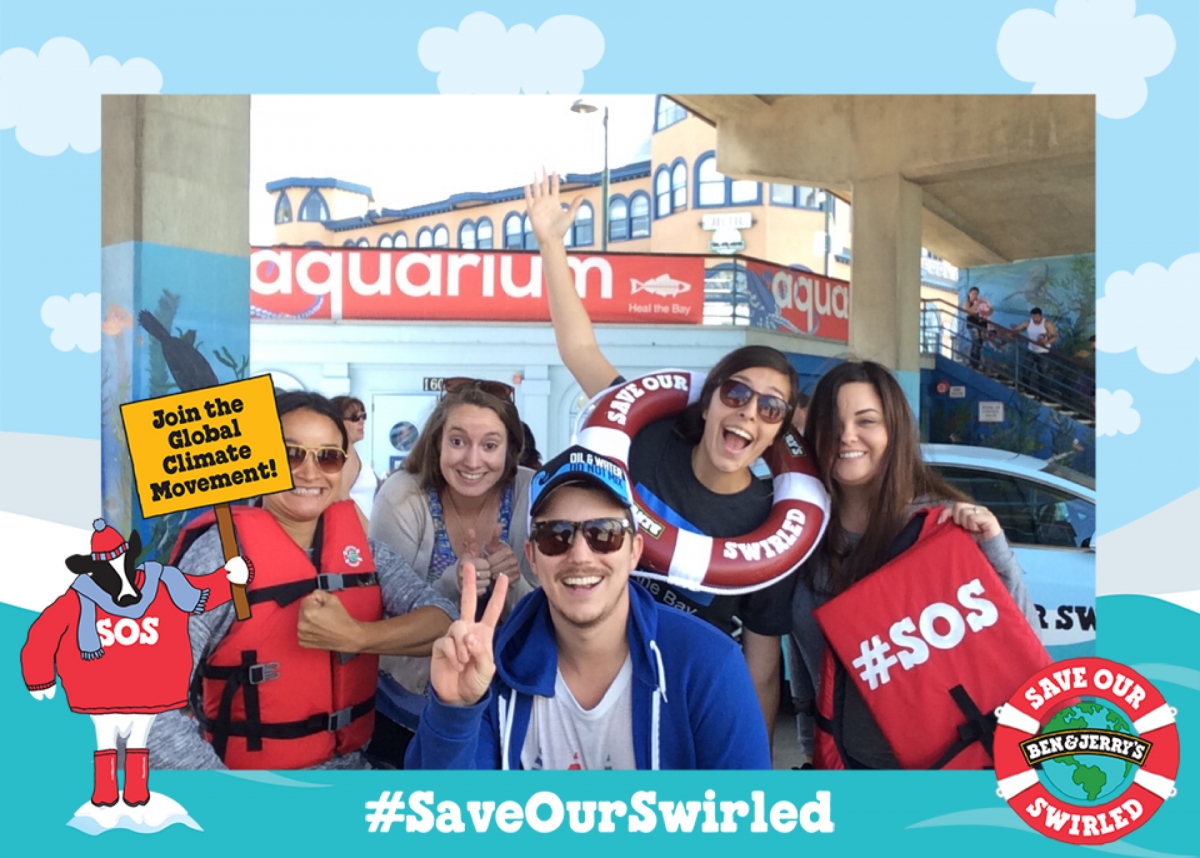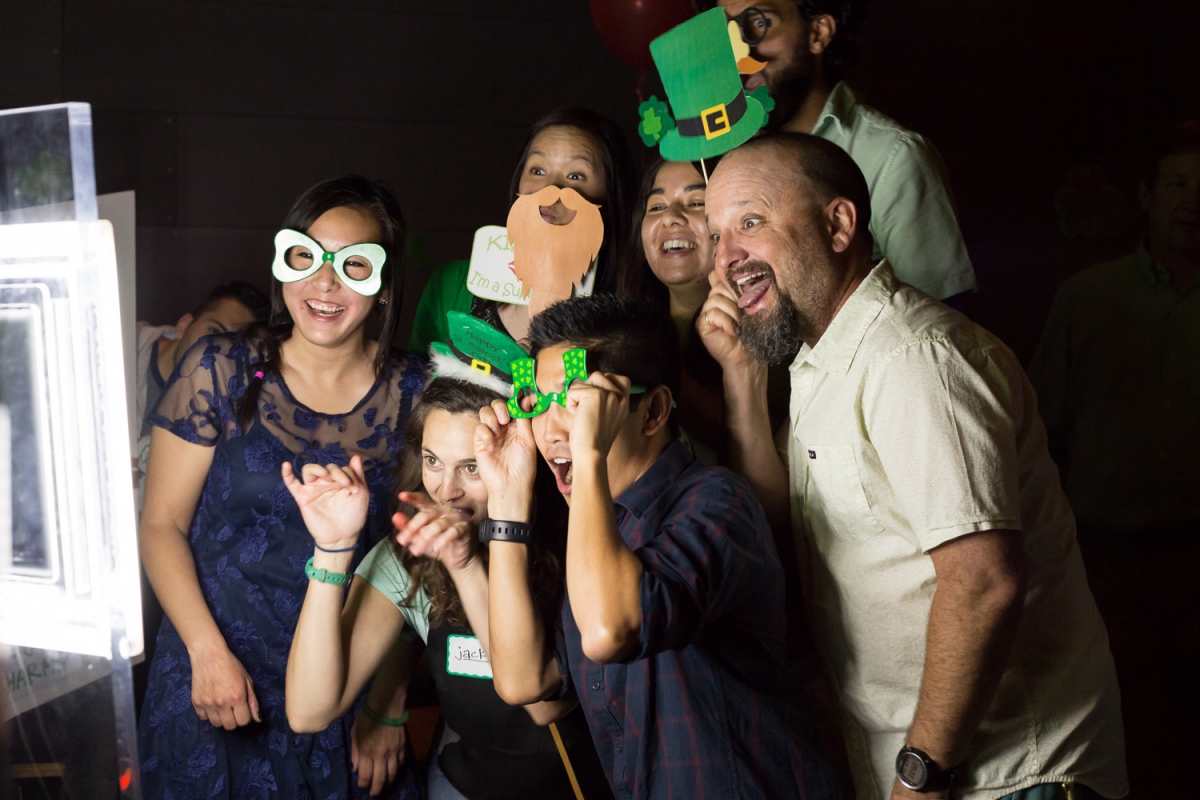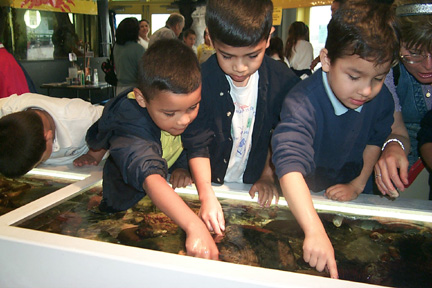Savvy Seafood
Each time we go to a supermarket or restaurant we are confronted with a choice about what food items to buy. Health concerns and a growing desire to eat local and sustainable foods have made this decision harder than ever. Each month, Nick Fash, education specialist and Key to the Sea manager at our Santa Monica Pier Aquarium, will help you make informed choices at the seafood counter as well as at your favorite local restaurant. And try one of his delectable recipes included at the end of this blog.
________________________________________________________________________
Salmon? What exactly does this mean when you read it on a menu? The truth is that it could be farmed, or wild, or any one of six different fishes from two different groups from opposite ends of the earth. Not so simple anymore, is it?
There are two basic types of salmon: Atlantic and Pacific. The Atlantic salmon is in the genus Salmo and originally came from the Atlantic Ocean (I say originally as they are now farmed all over the world) and Pacific salmon is in the genus Oncorhynchus, which come from the Pacific Ocean.
Salmon are born in fresh water, travel to the ocean in their adult life and return to the fresh water to lay eggs. They are a keystone species, meaning they play an important role in the nutrient-starved ecosystems where they spawn. When the Pacific salmon die, the nutrients in their body that they obtained from their lives out in the ocean are released into the Arctic, beginning the explosion of life that occurs during the spring and summer months. Without these nutrients the Arctic ecosystem would be unable to function properly.
Salmon are extremely sensitive to environmental changes in the ocean as well as on land. Their populations are suffering from logging, mining, pollution and changing ocean conditions. And salmon farming is the most recent threat having a major impact. Not only are these salmon farms destroying the ecosystem with all of the waste they produce, they are spreading diseases and parasites to the wild salmon as they migrate out to the ocean. So we are not only destroying one of nature’s finest food sources, replacing them with highly inferior farmed salmon, we are also at the risk of dismantling an entire ecosystem.
While here in Southern California we do not have open pen aquaculture – salmon farms set up off shore along the coast – we do have other problems that impact salmon populations, like pollution, coastal development and habitat destruction, which can impact our own fisheries. Heal the Bay has spent the last 30 years cleaning up our waters, protecting our oceans by helping to establish Marine Protection Areas, and working to make our fisheries healthier.
Looking to learn more about the plight of wild Pacific salmon? Come to the screening of The Breach on May 20th at Cross Campus in Santa Monica, eat tasty treats, and hear chefs, biologists and the filmmaker discuss what we can all do to help.
Heal the Bay members will get 20 percent off the ticket price by using the code BREACH20. Tickets are available here:
https://www.eventbrite.com/e/the-breach-screening-reception-santa-monica-tickets-16436392693 _______________________________________________________________________
Wild Alaskan Salmon
(serves 4)
o 3lb Wild Alaskan Salmon fillet, with skin on
Sauce
o 1 cup plain Greek yogurt
o 2 tablespoons extra virgin olive oil
o 1 teaspoon finely grated lime zest
o 1 tablespoon fresh lime juice
o ½ teaspoon finely grated orange zest
o 1 teaspoon fresh orange juice
o ¾ teaspoon salt
o ¼ teaspoon honey
Preheat broiler. Line rack of broiler with foil and lightly brush with oil.
Pat filet dry and check for bones by running finger along the filet. If you find any bones you can pull them out with a pair of clean pliers. Season with salt and pepper. Broil 4-5 inches from heat for 7 minutes, cover with foil and continue to cook in the broiler for another 7-10 minutes.
While the salmon is broiling whisk together all sauce ingredients. Season with pepper to taste
Enjoy – Nick



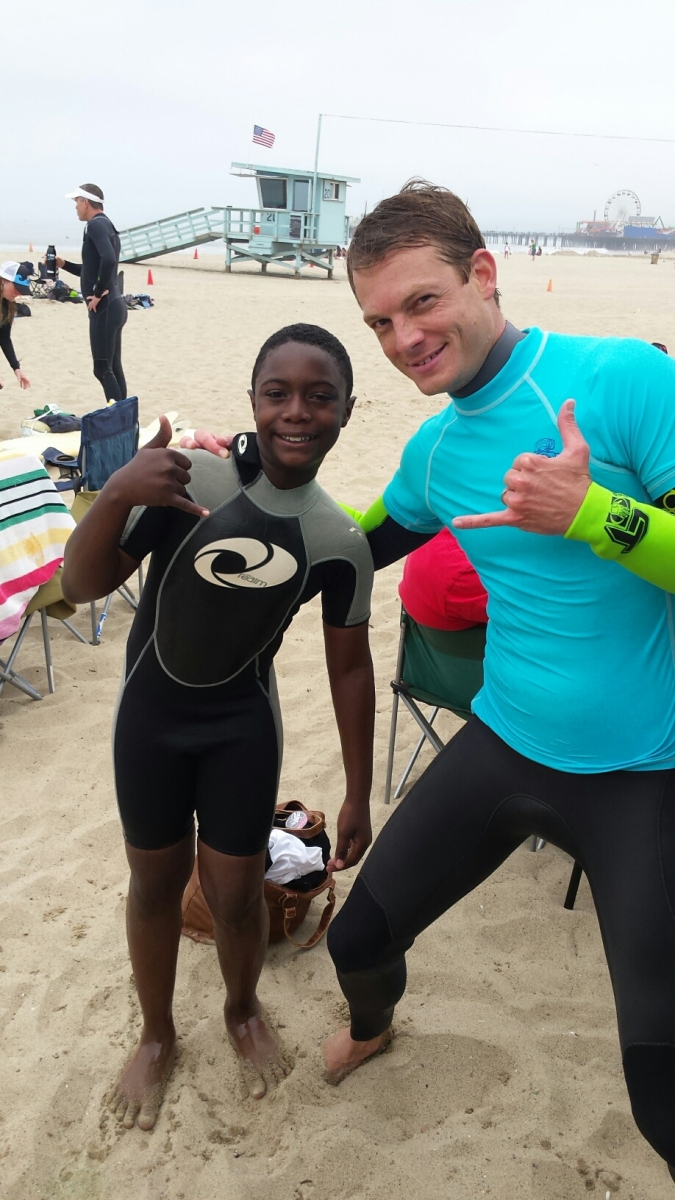
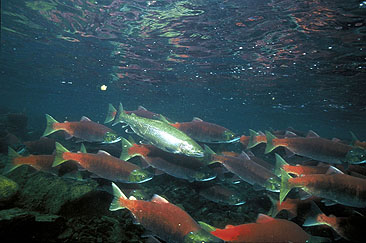 Salmon are born in fresh water, travel to the ocean in their adult life and return to fresh water to lay eggs. They are a keystone species, meaning they play an important role in the nutrient-starved ecosystems where they spawn. When the Pacific salmon die, the nutrients in their body that they obtained from their lives out in the ocean are released into the Arctic, beginning the explosion of life that occurs during the spring and summer months. Without these nutrients the Arctic ecosystem would be unable to function properly.
Salmon are born in fresh water, travel to the ocean in their adult life and return to fresh water to lay eggs. They are a keystone species, meaning they play an important role in the nutrient-starved ecosystems where they spawn. When the Pacific salmon die, the nutrients in their body that they obtained from their lives out in the ocean are released into the Arctic, beginning the explosion of life that occurs during the spring and summer months. Without these nutrients the Arctic ecosystem would be unable to function properly.
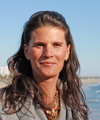 Sincerely,
Sincerely,